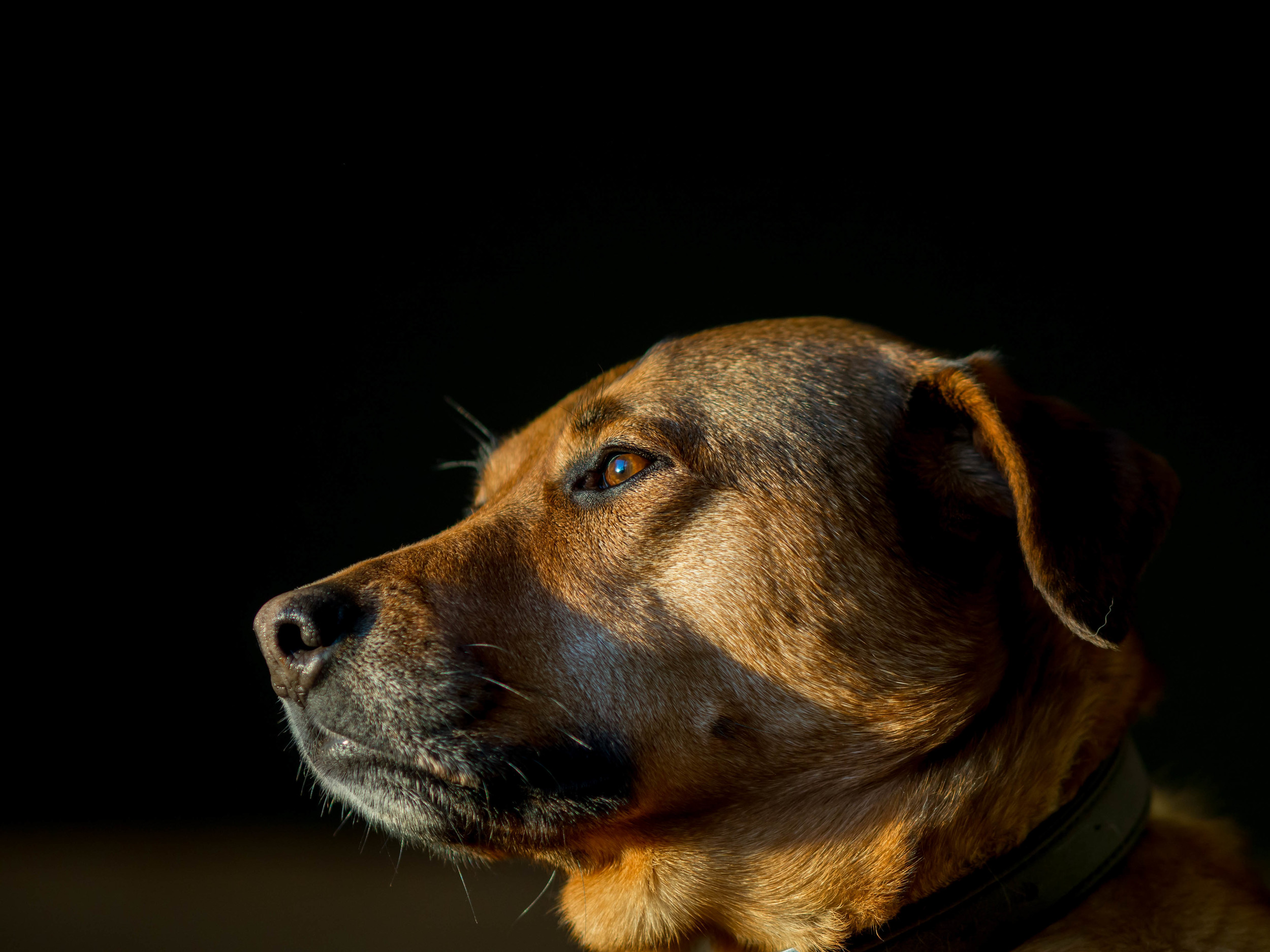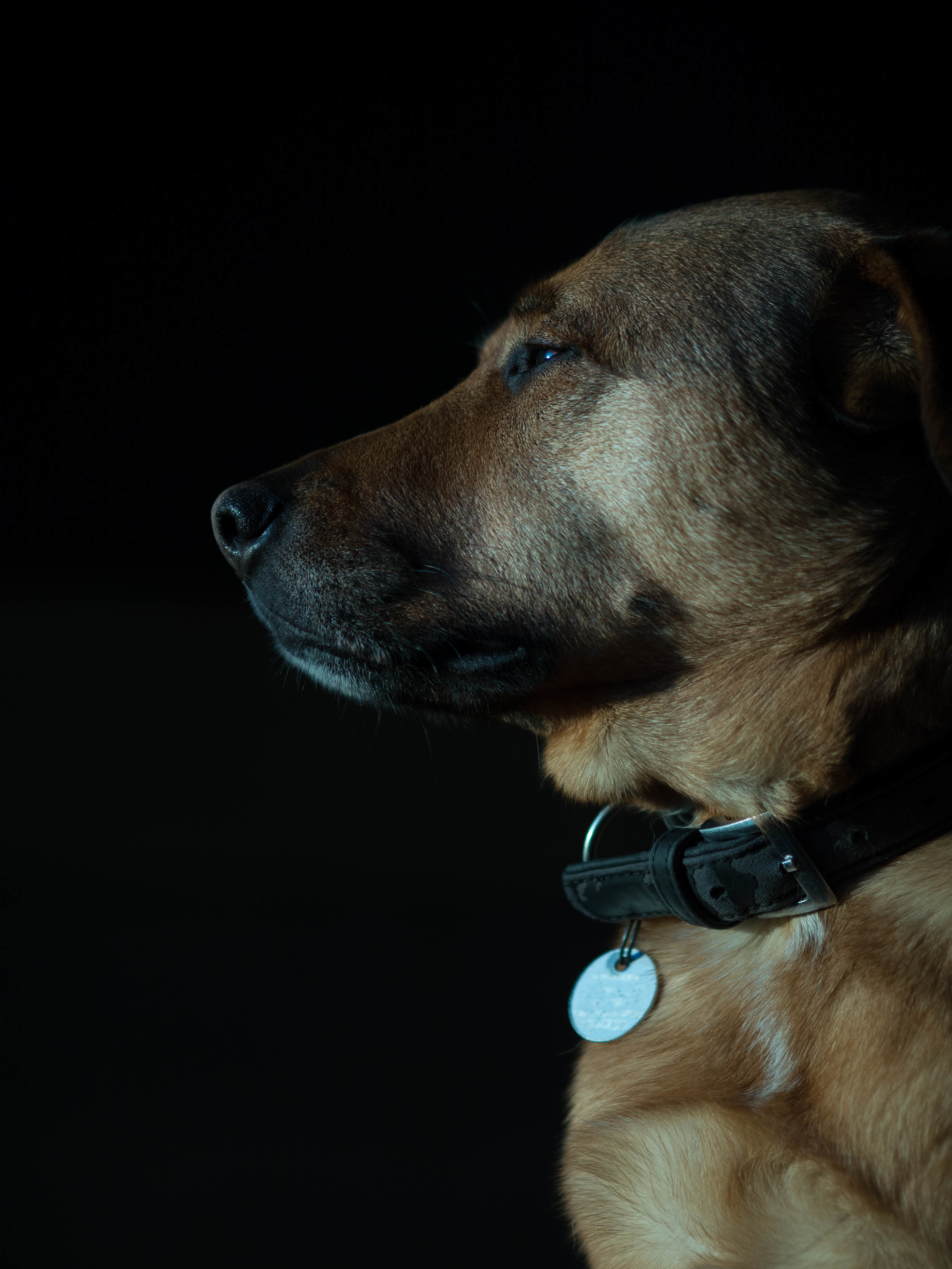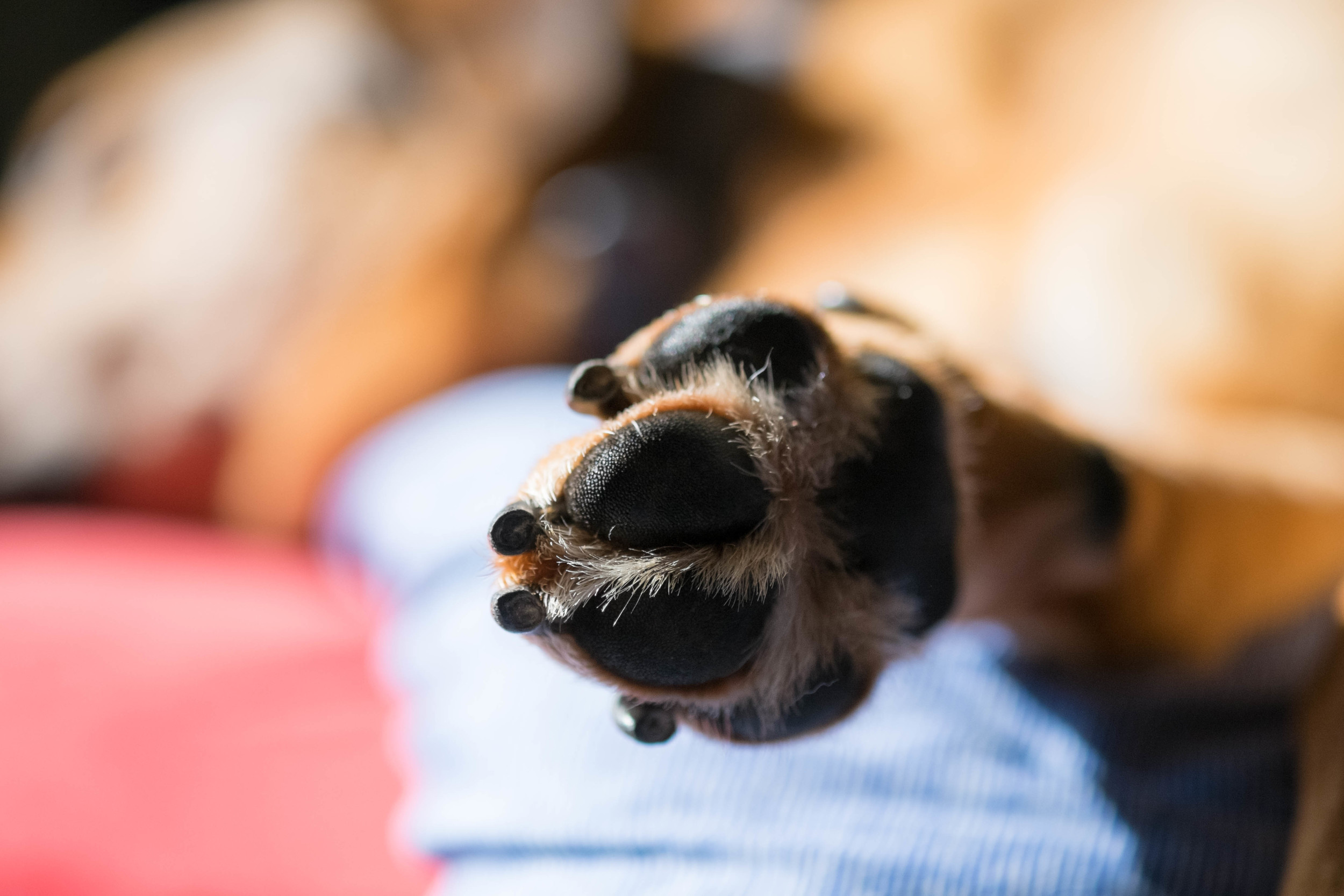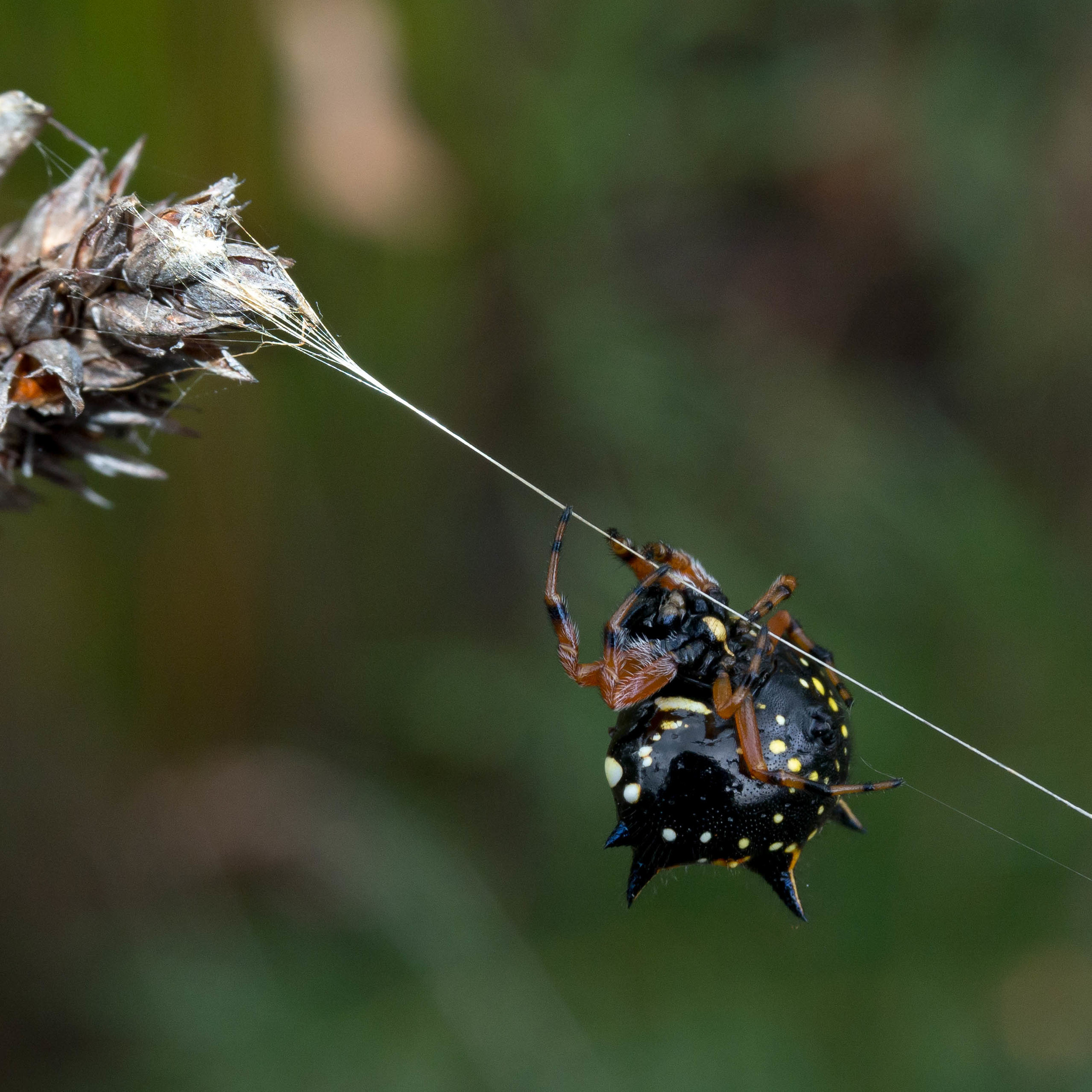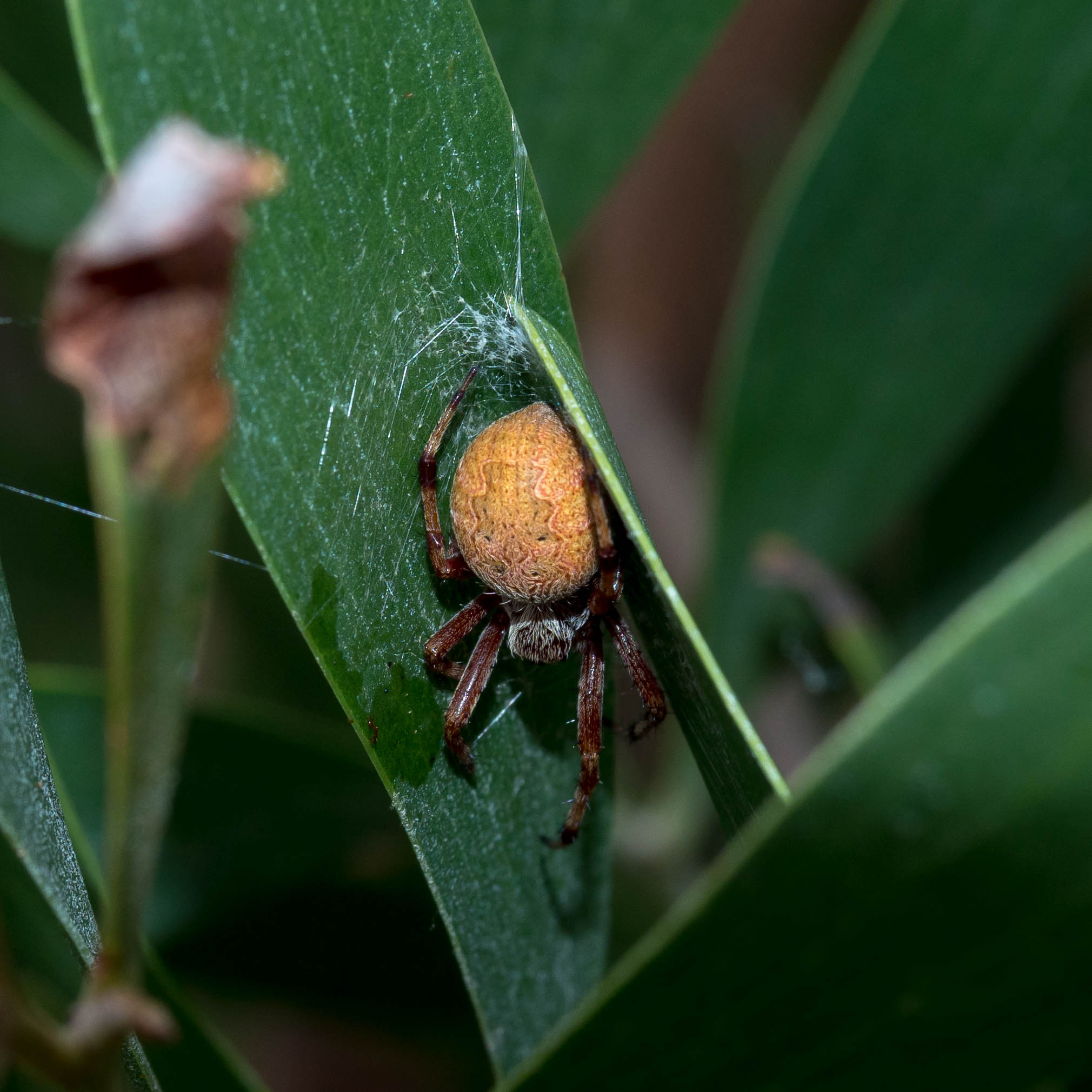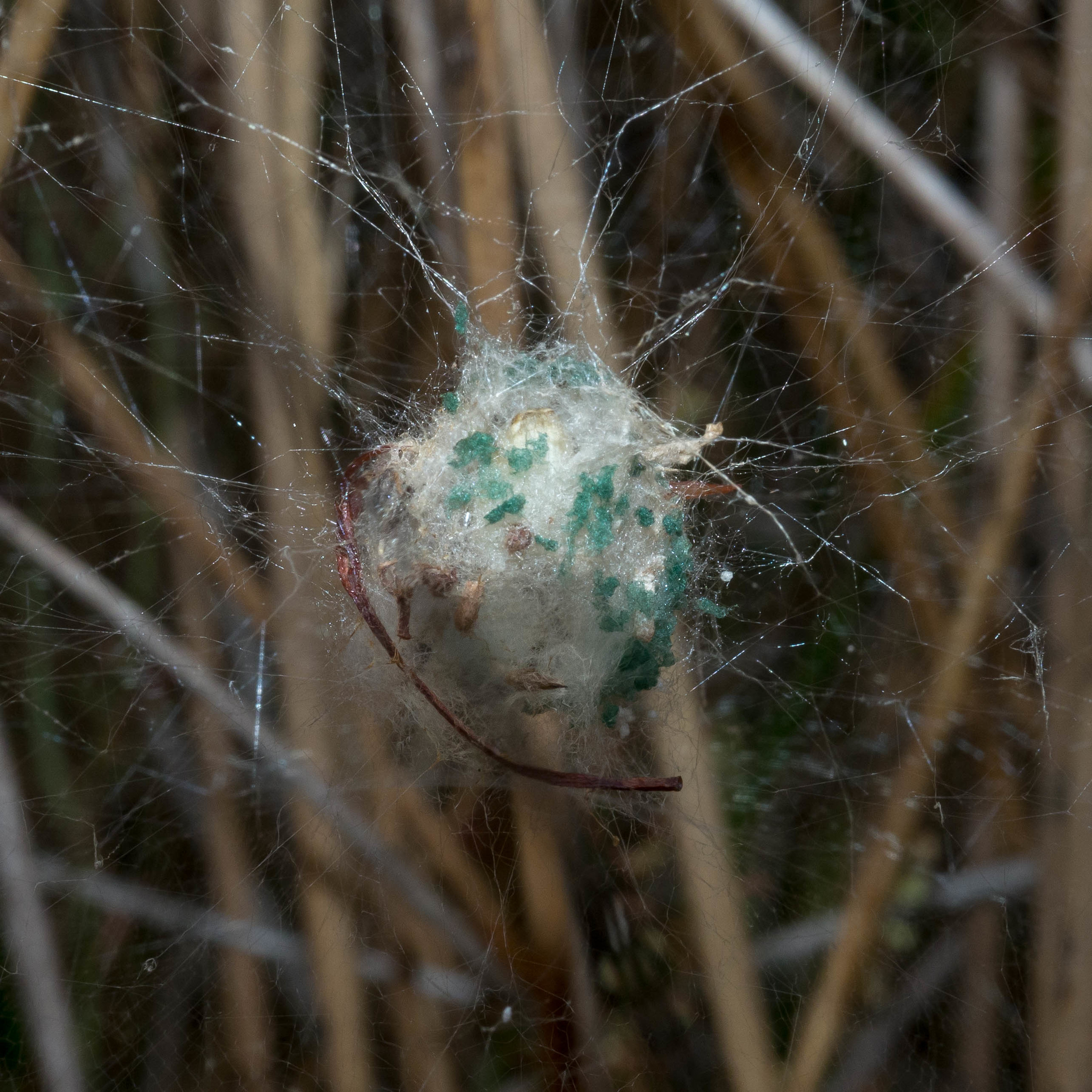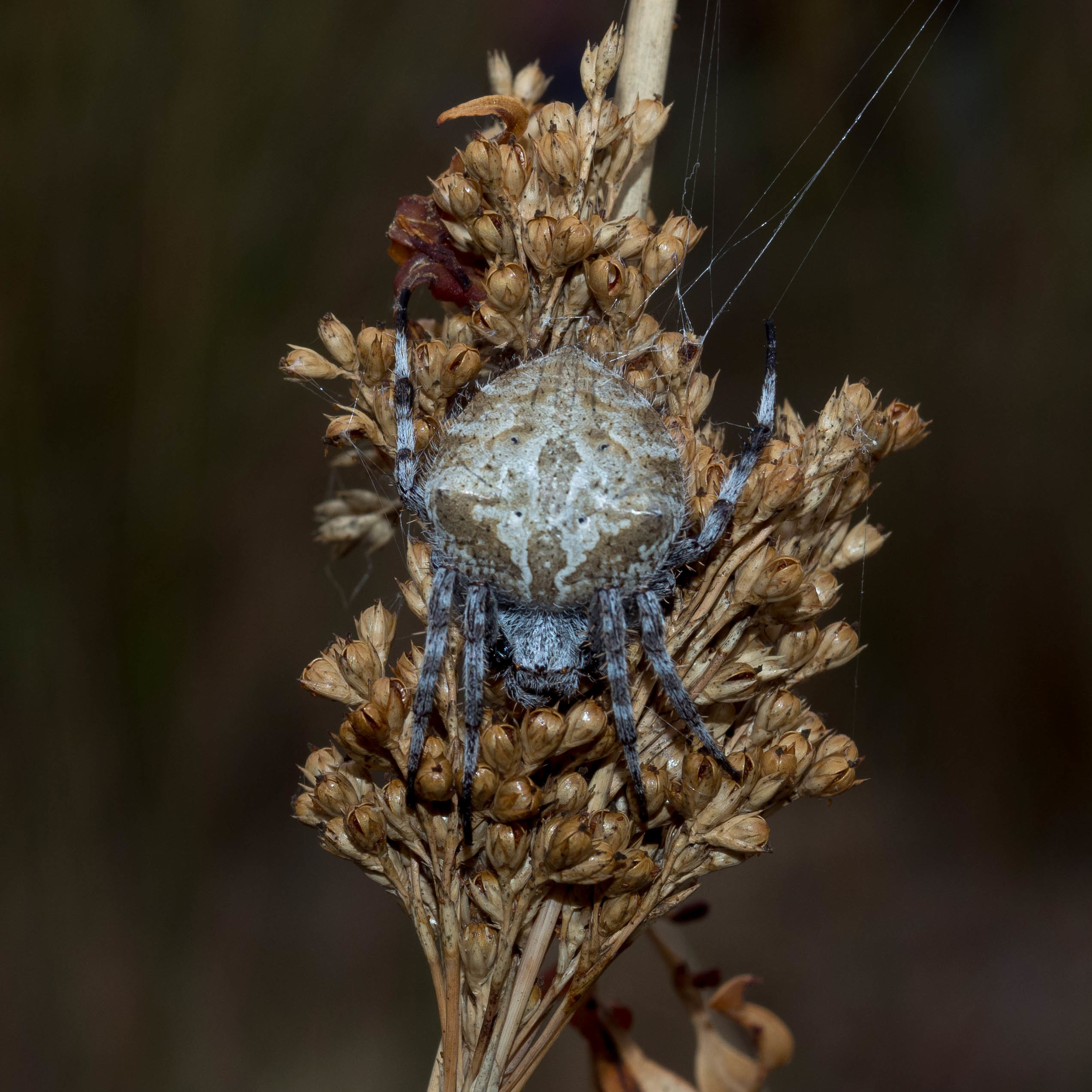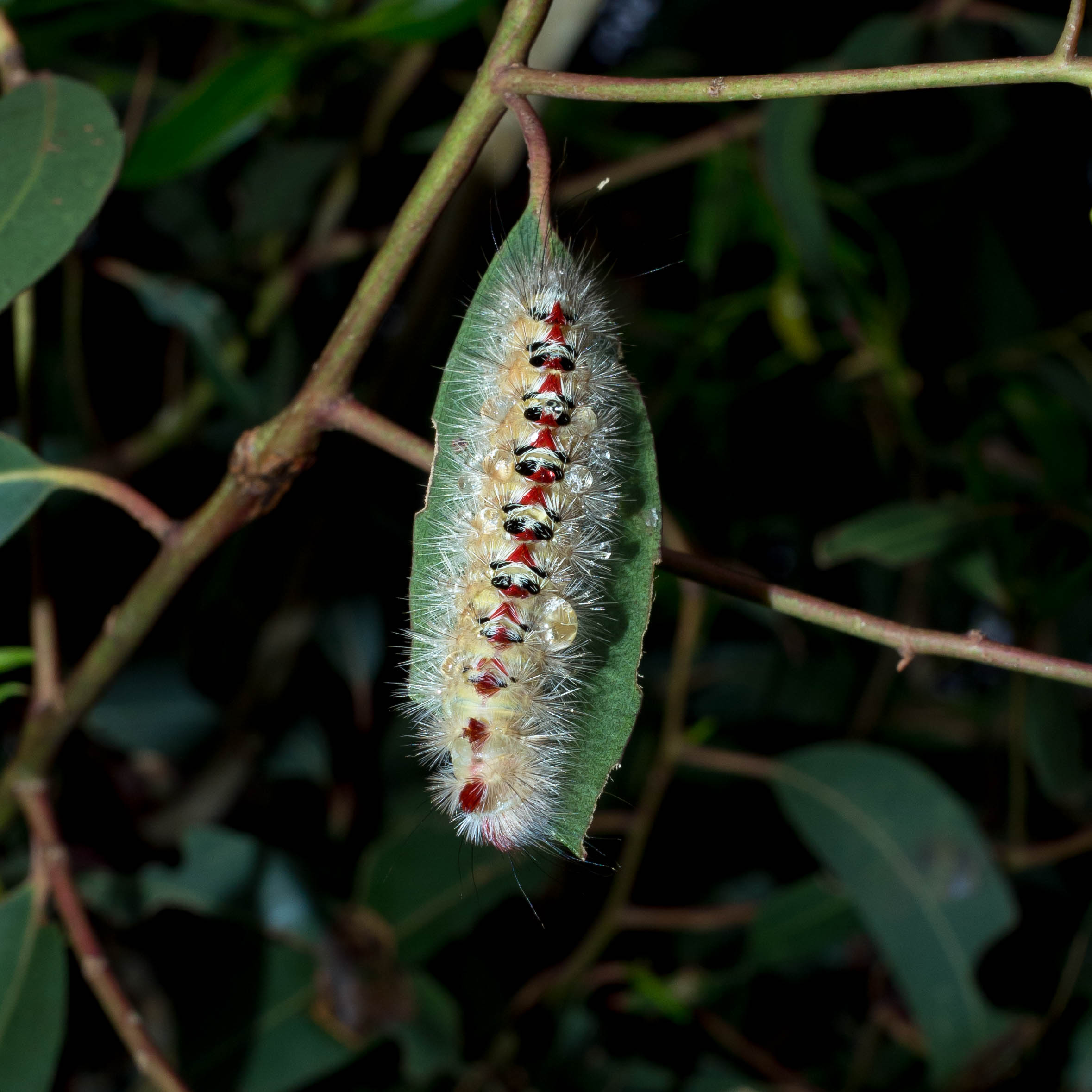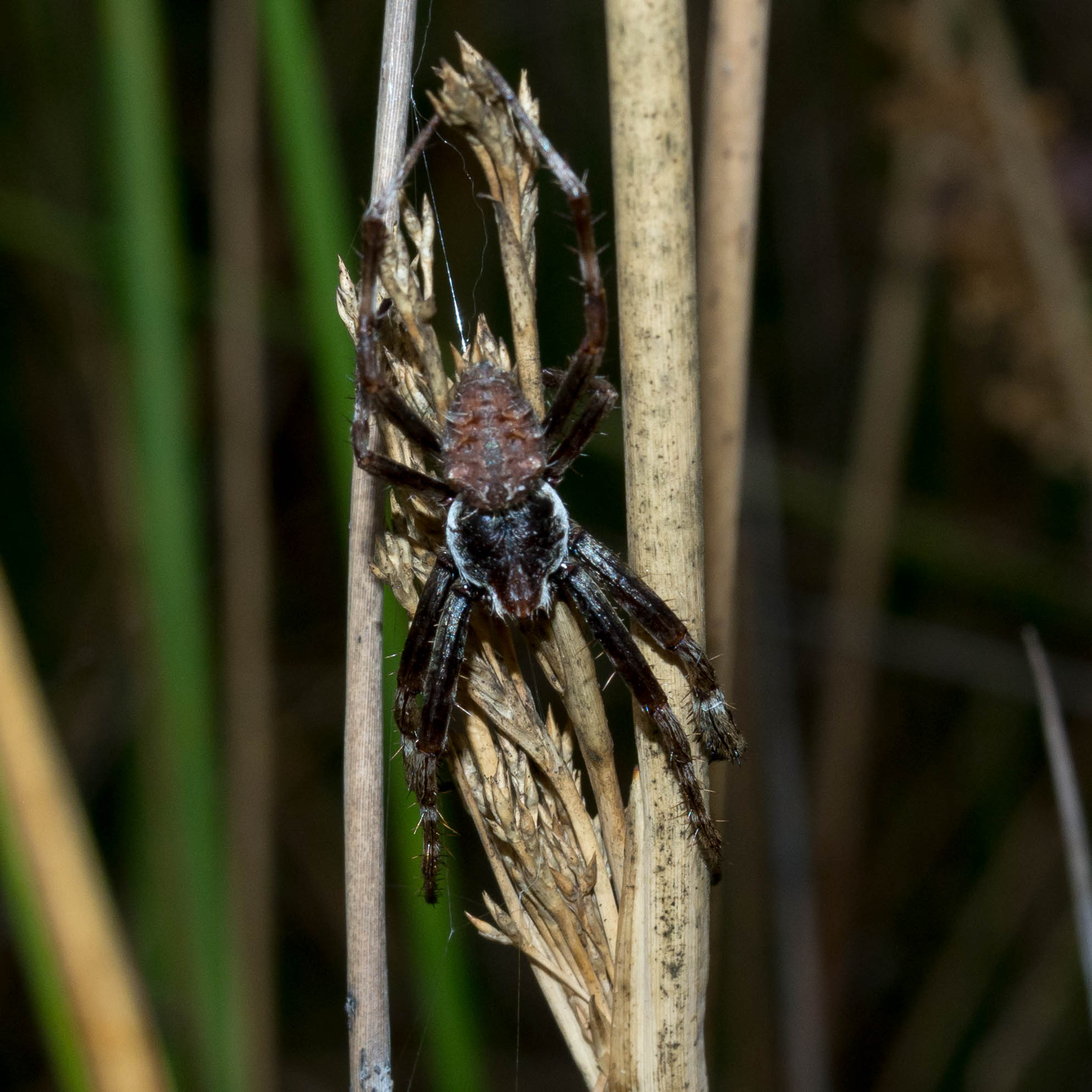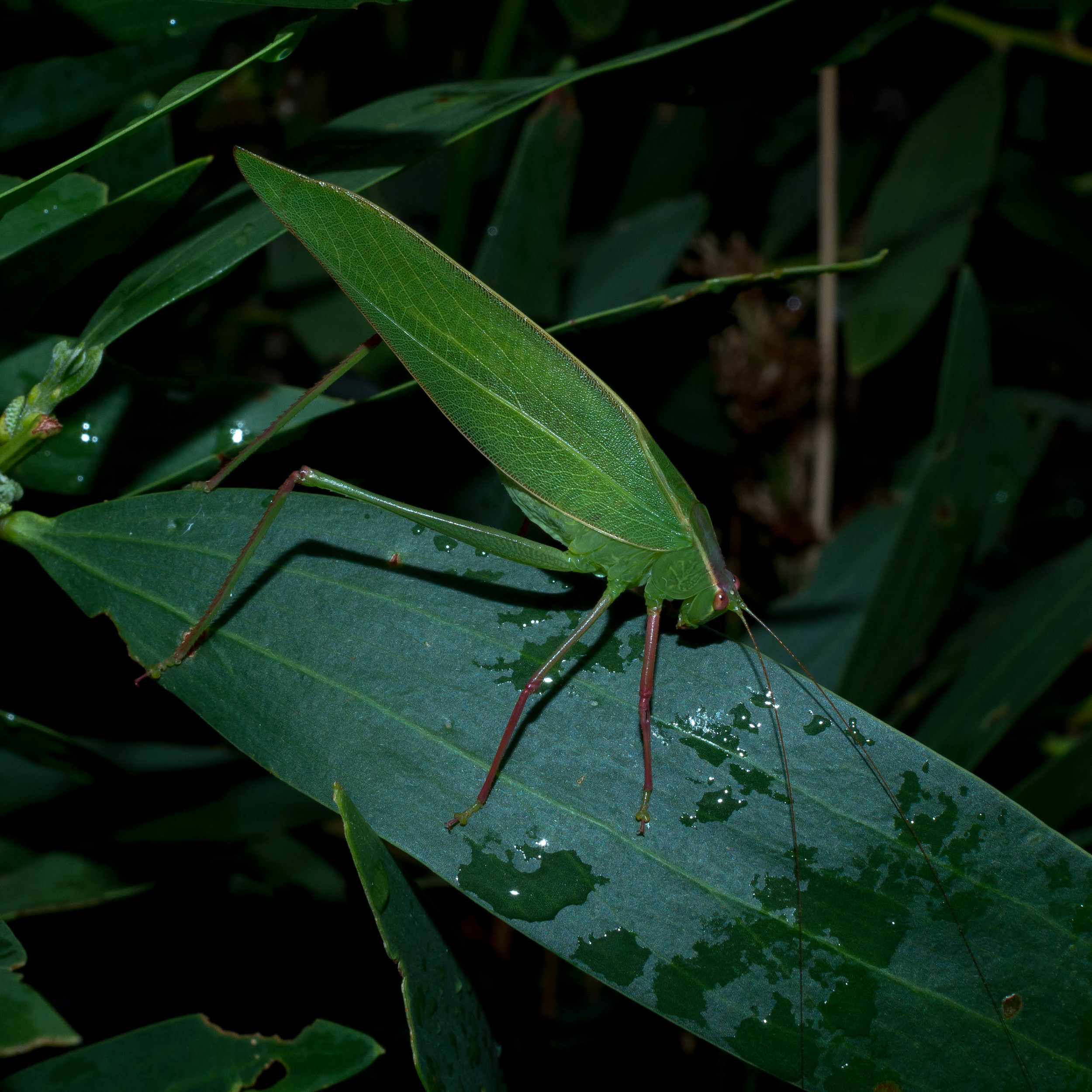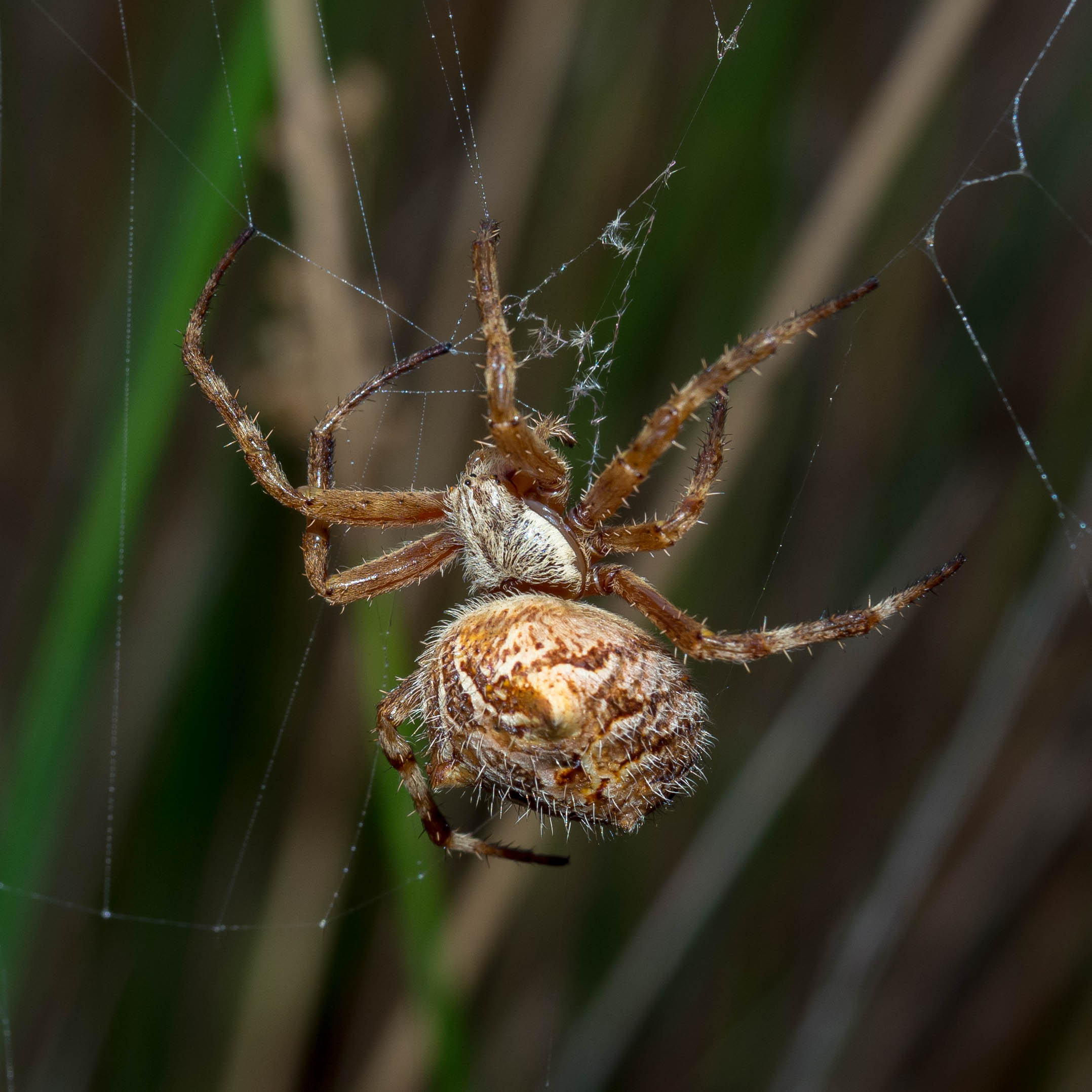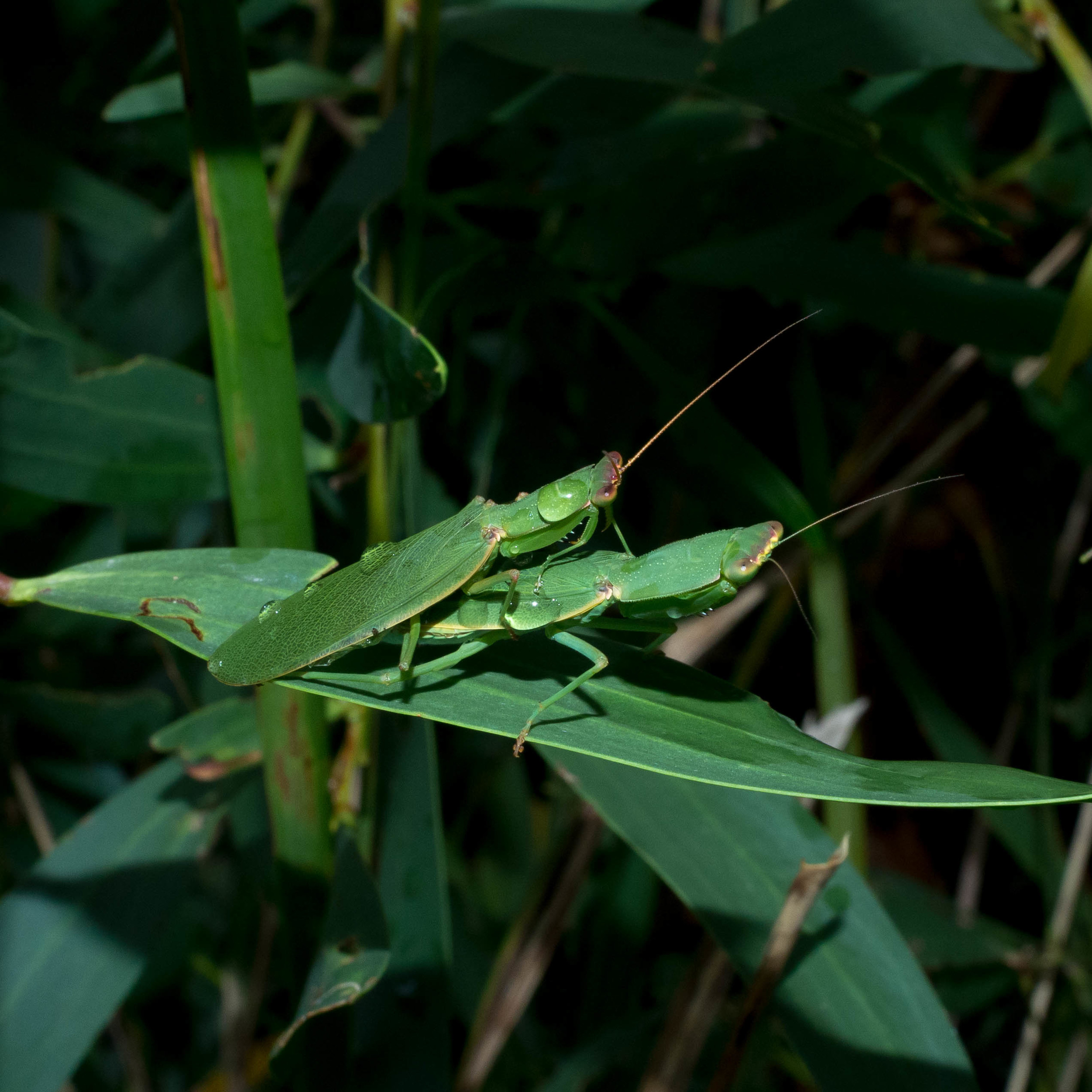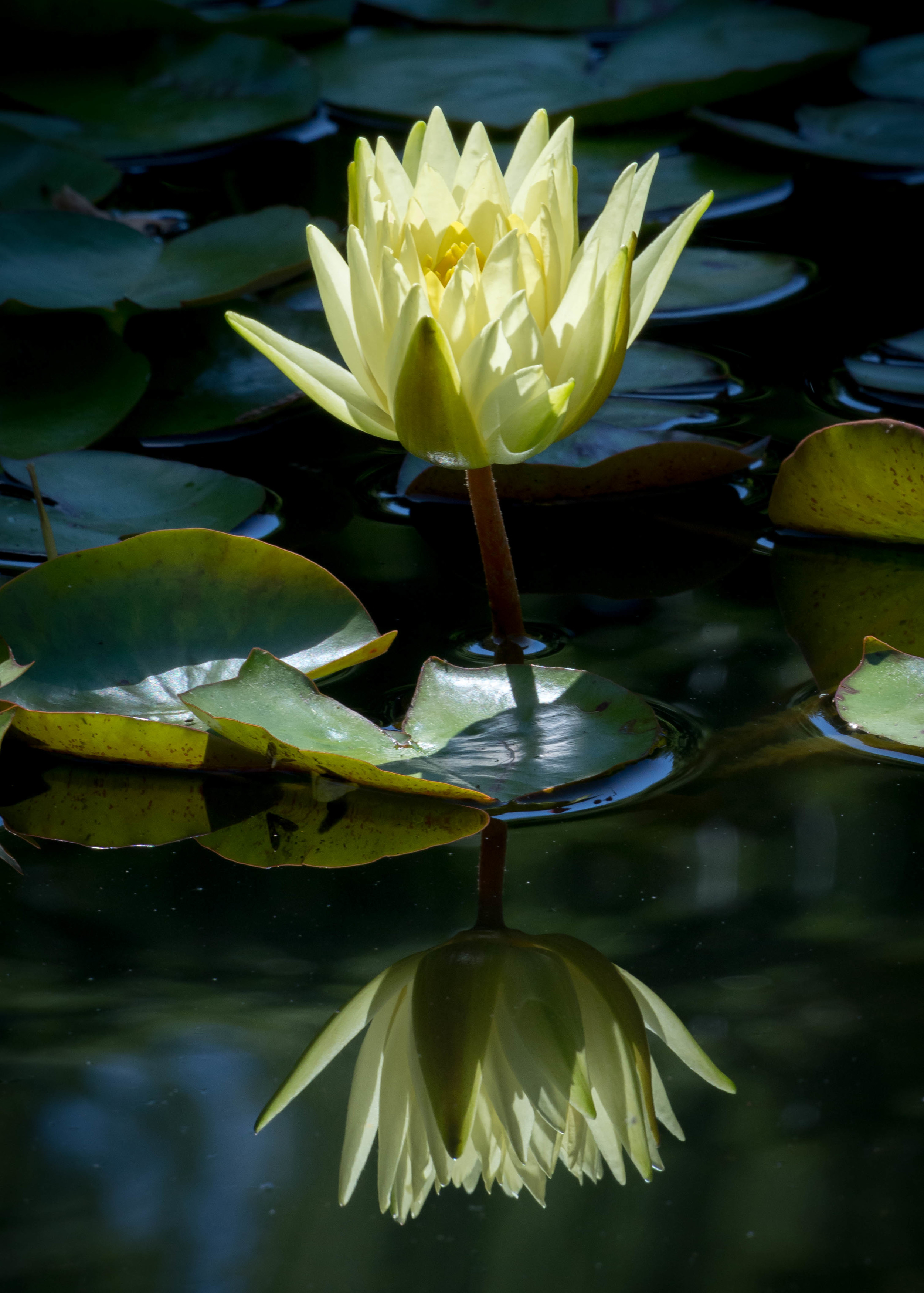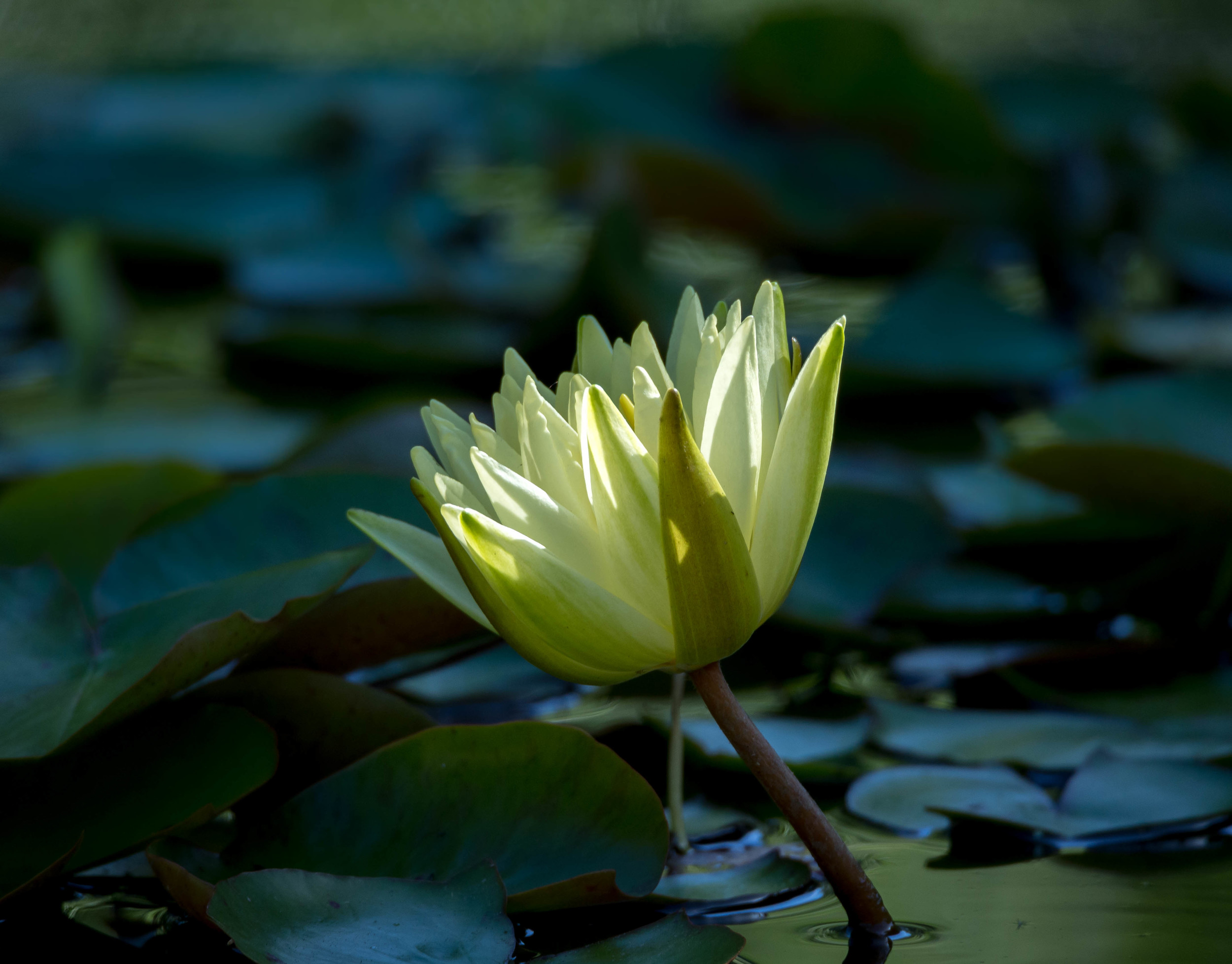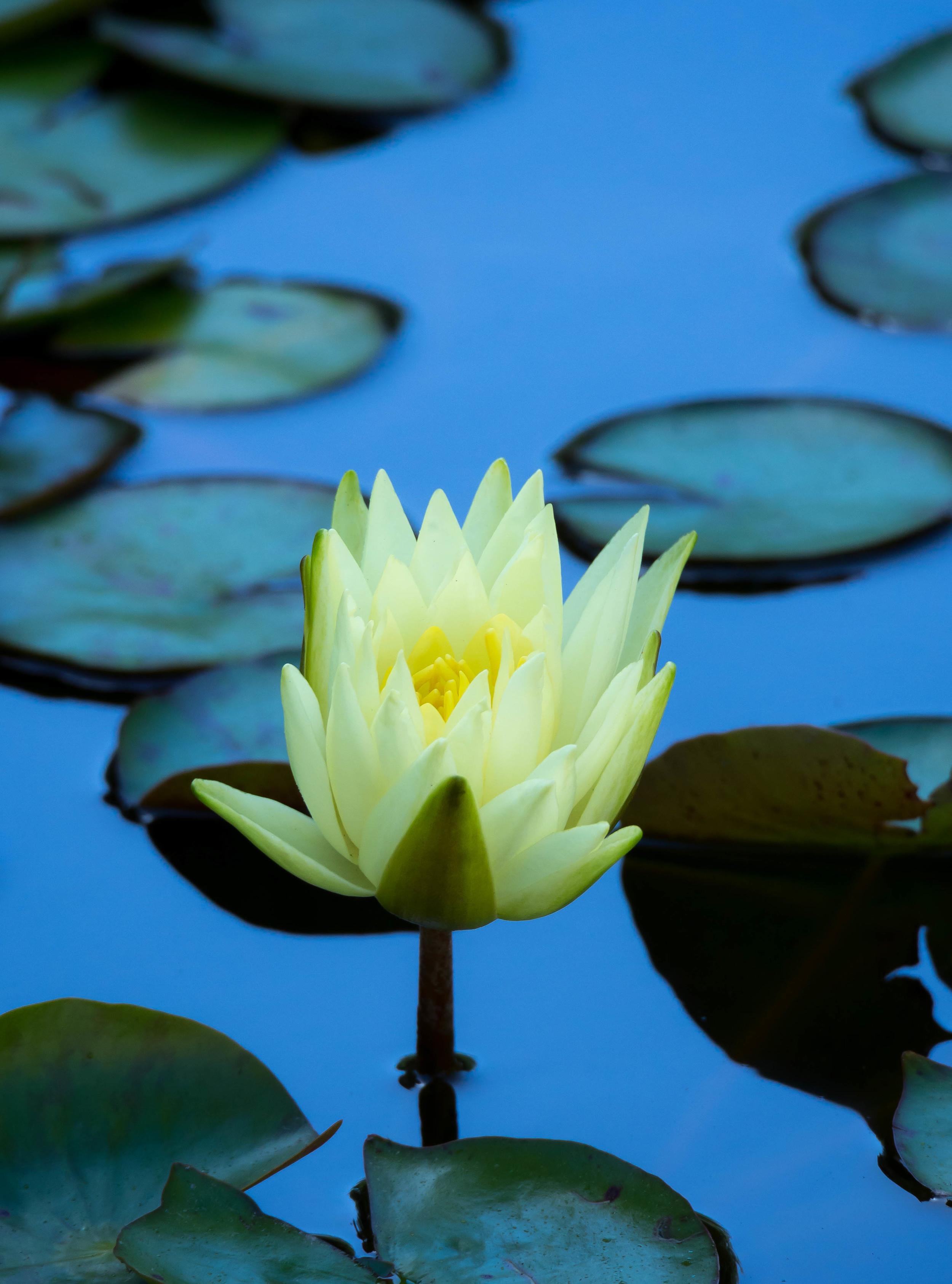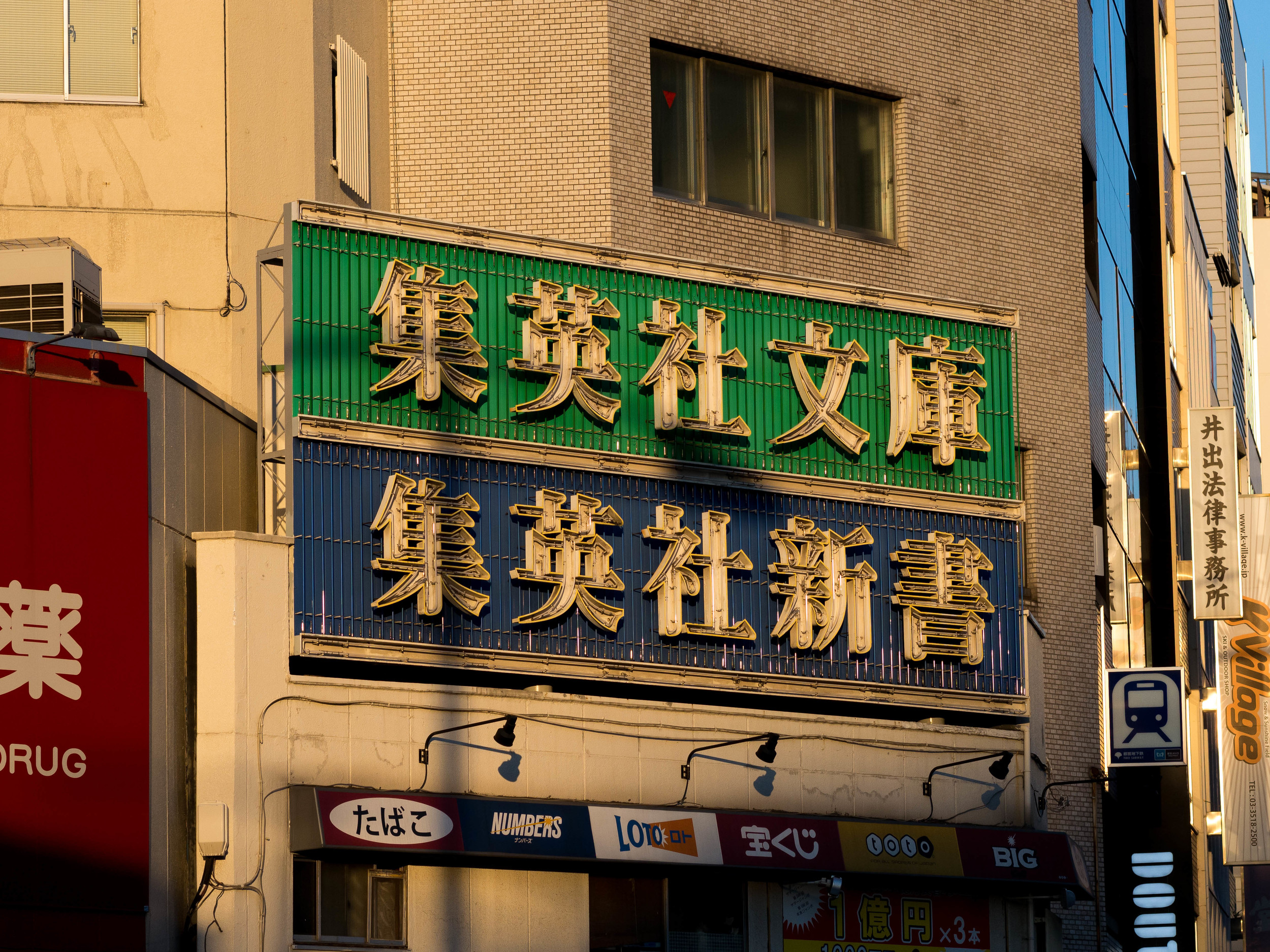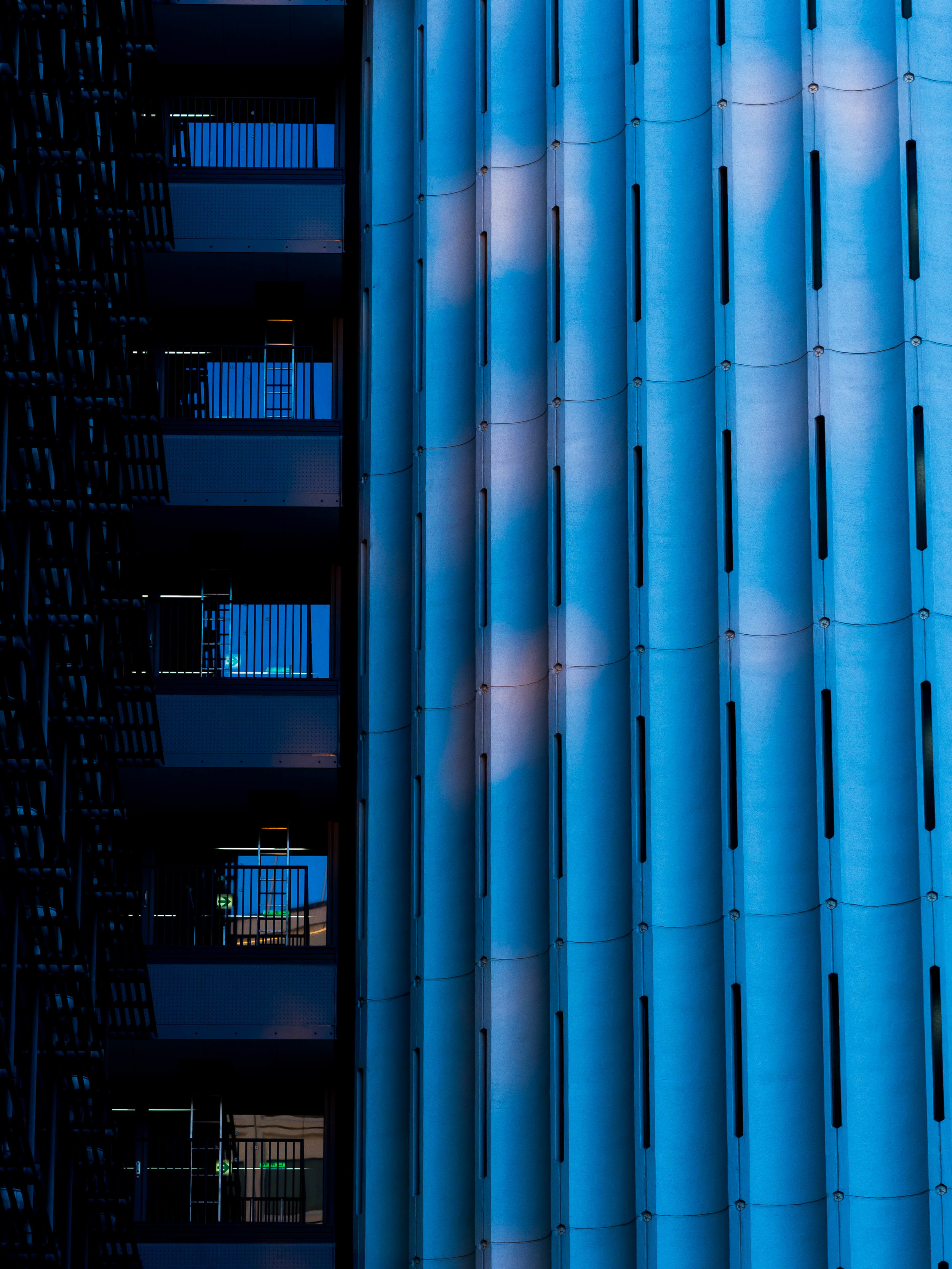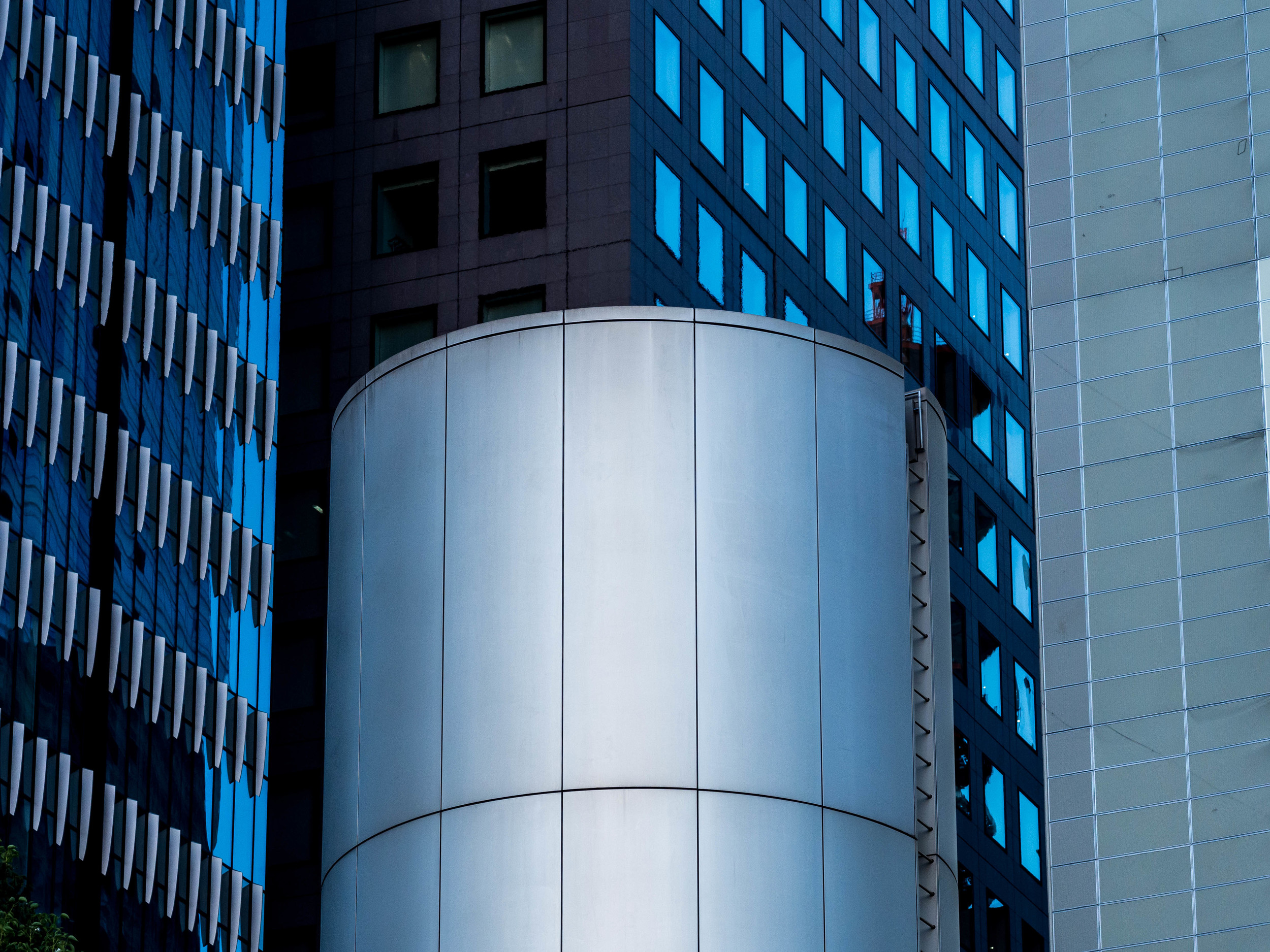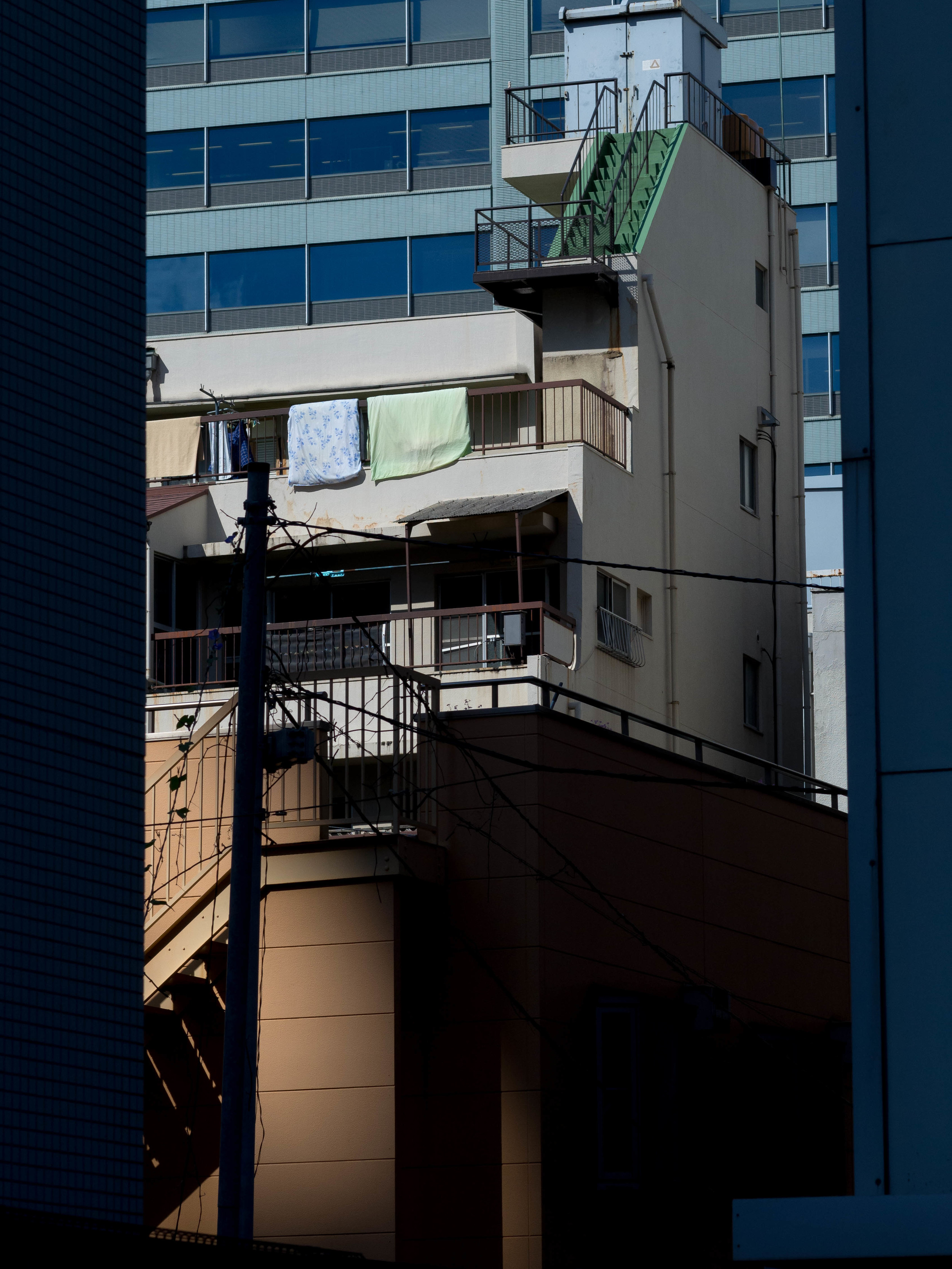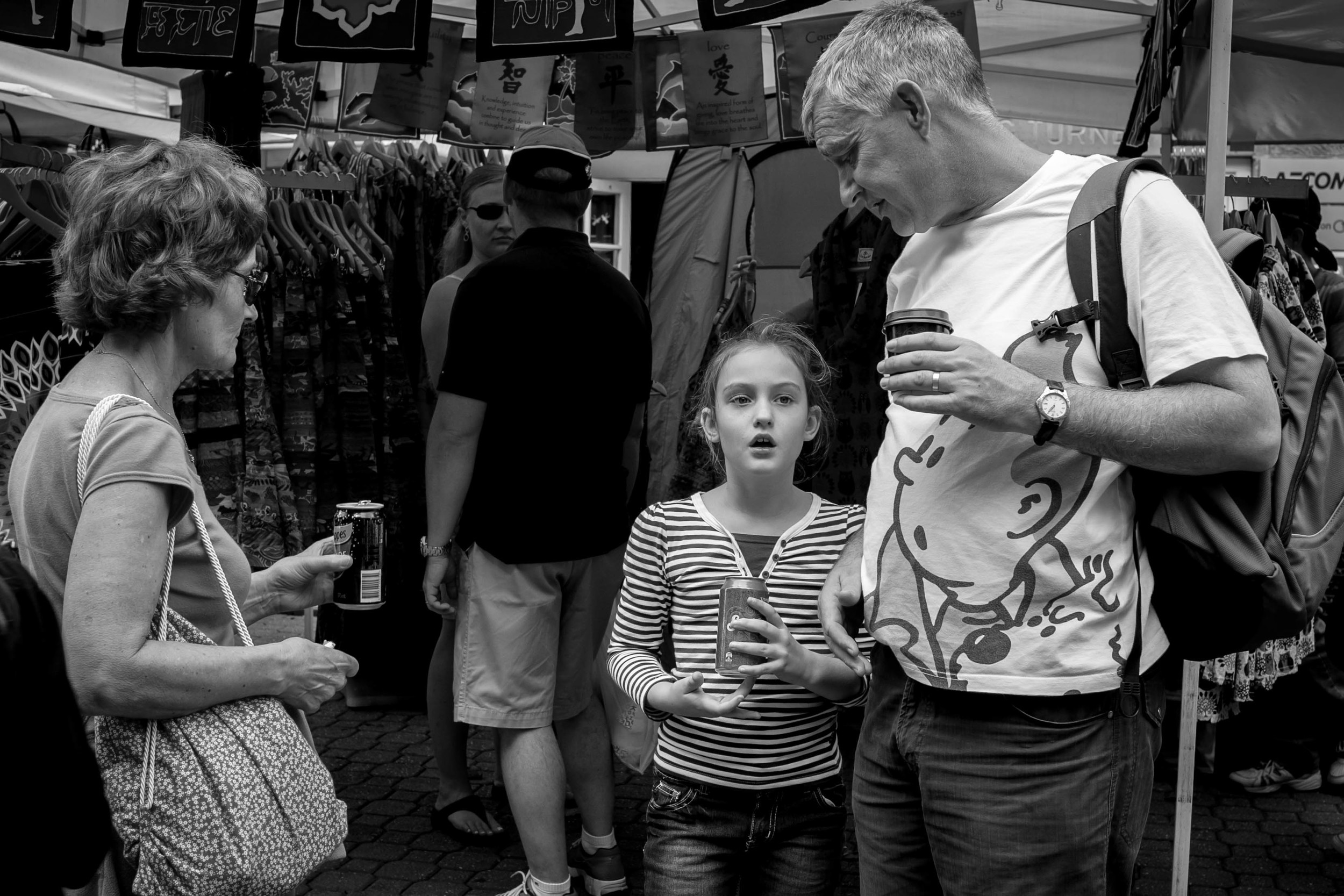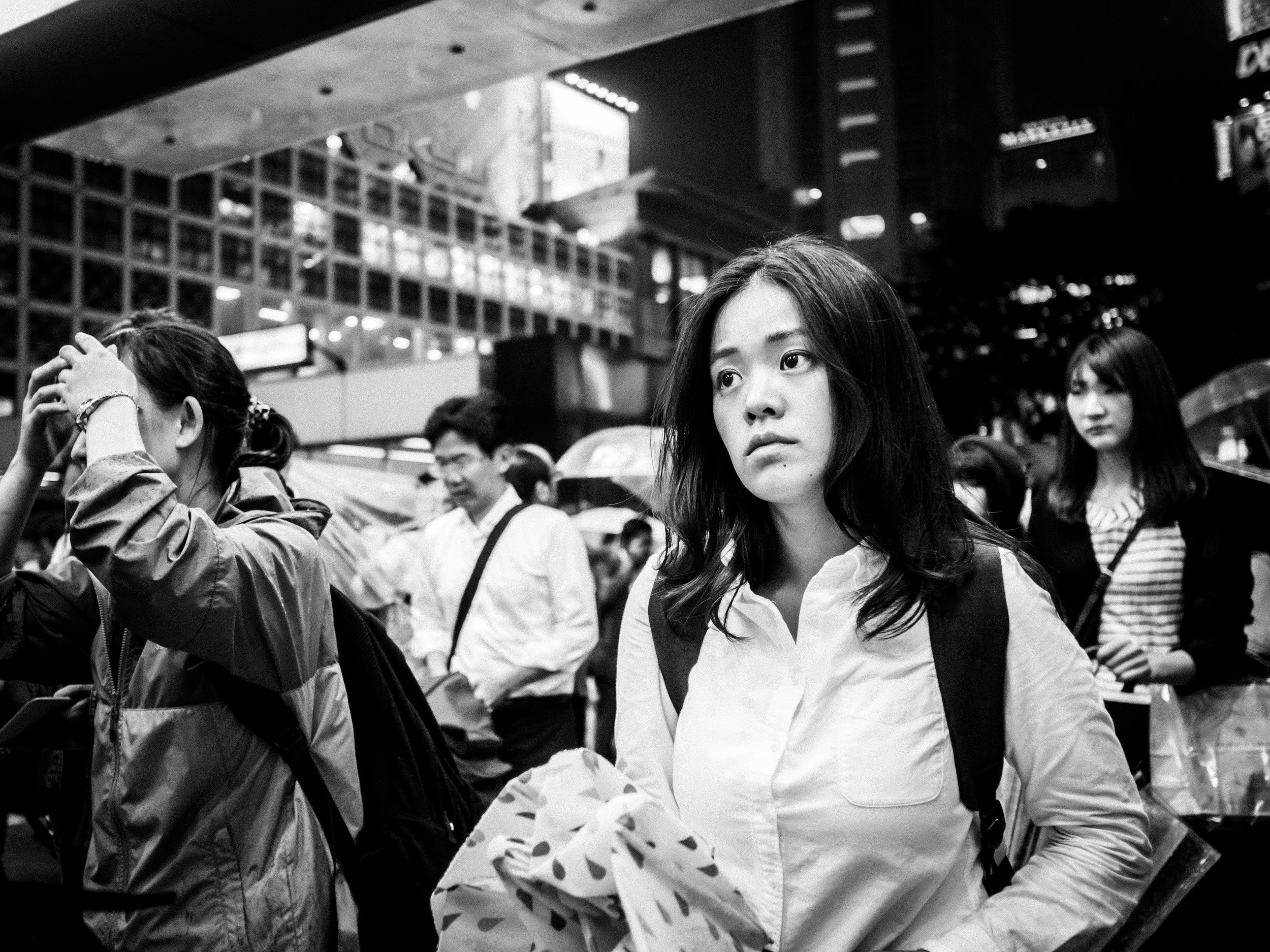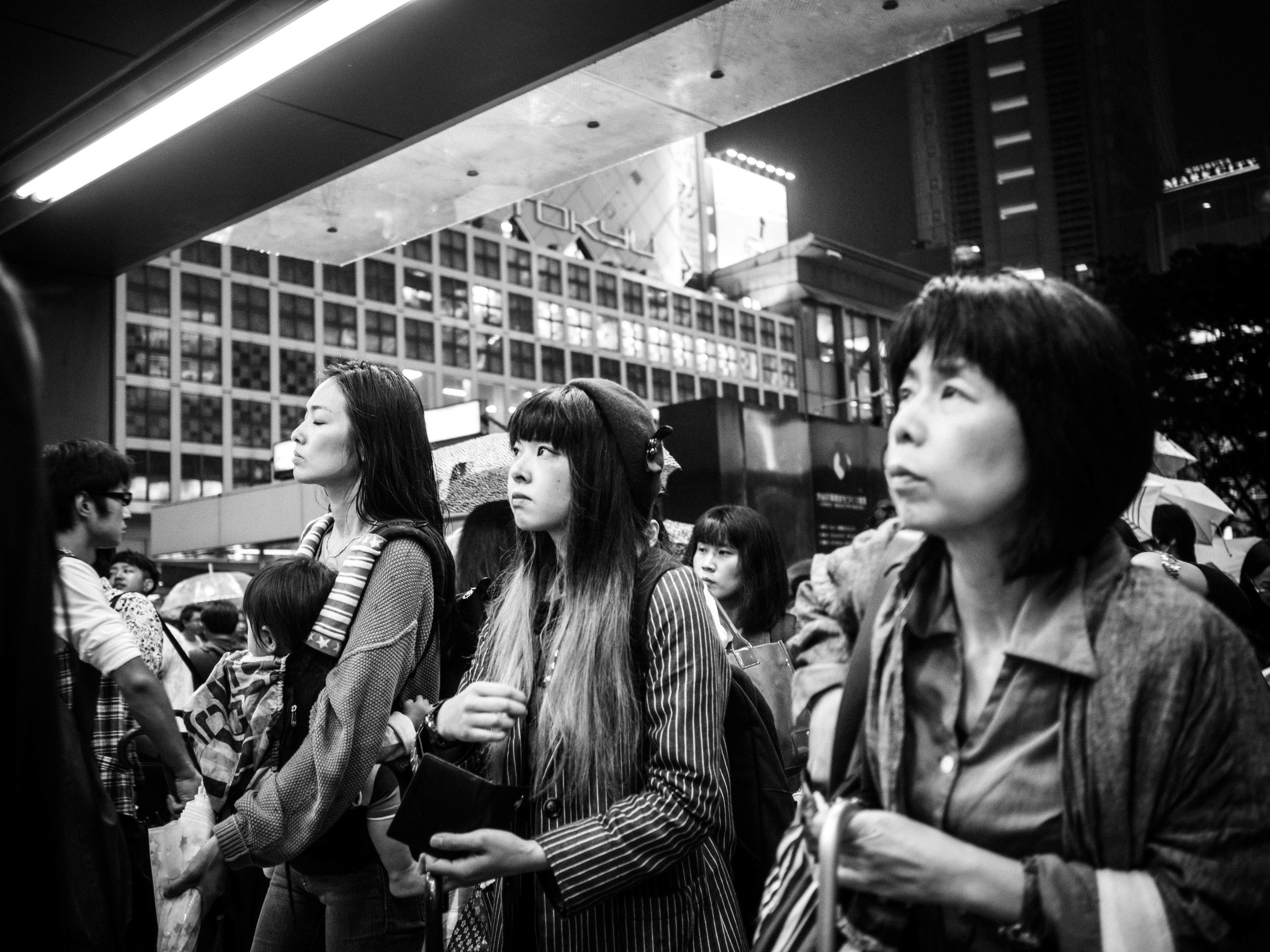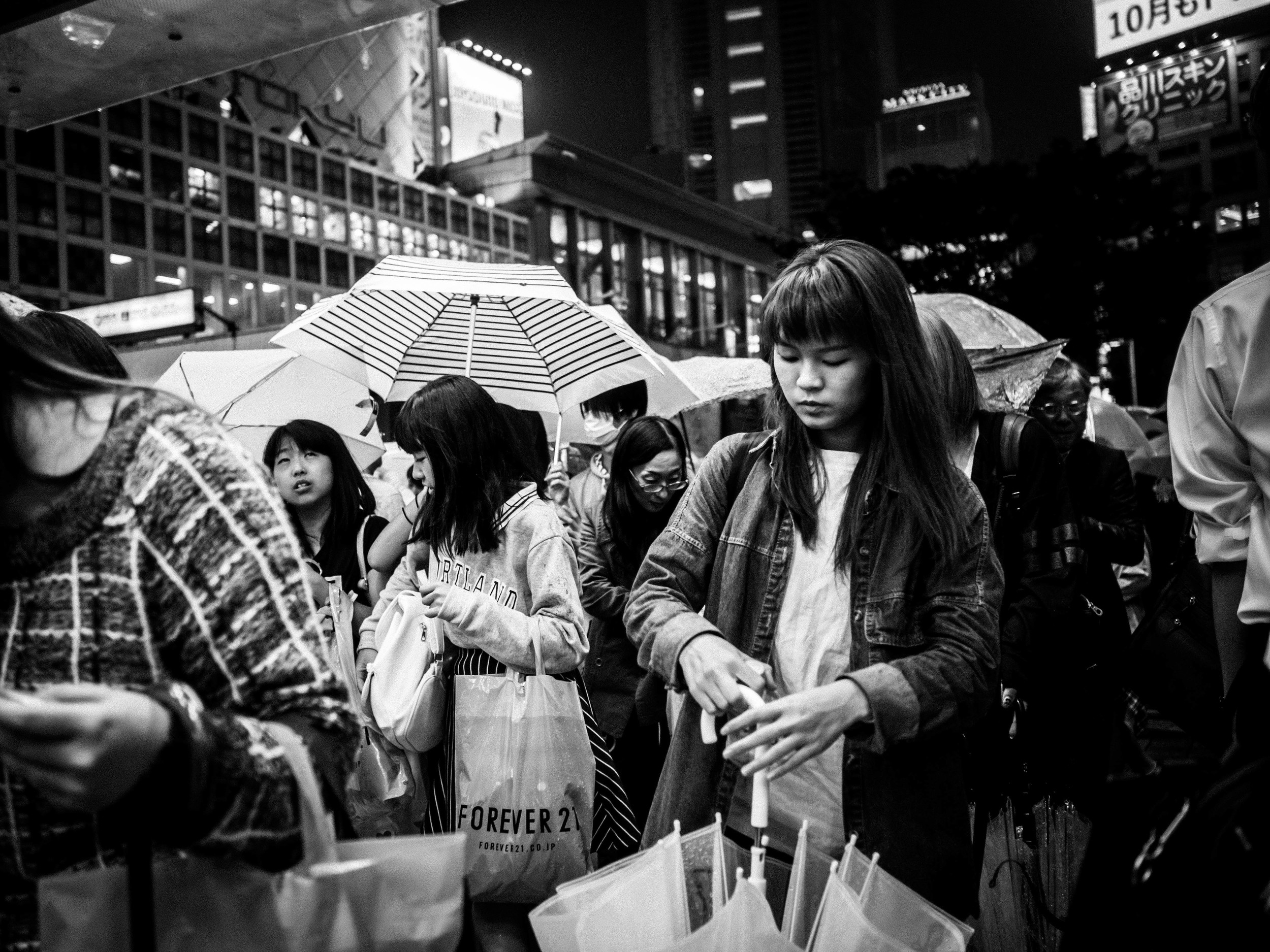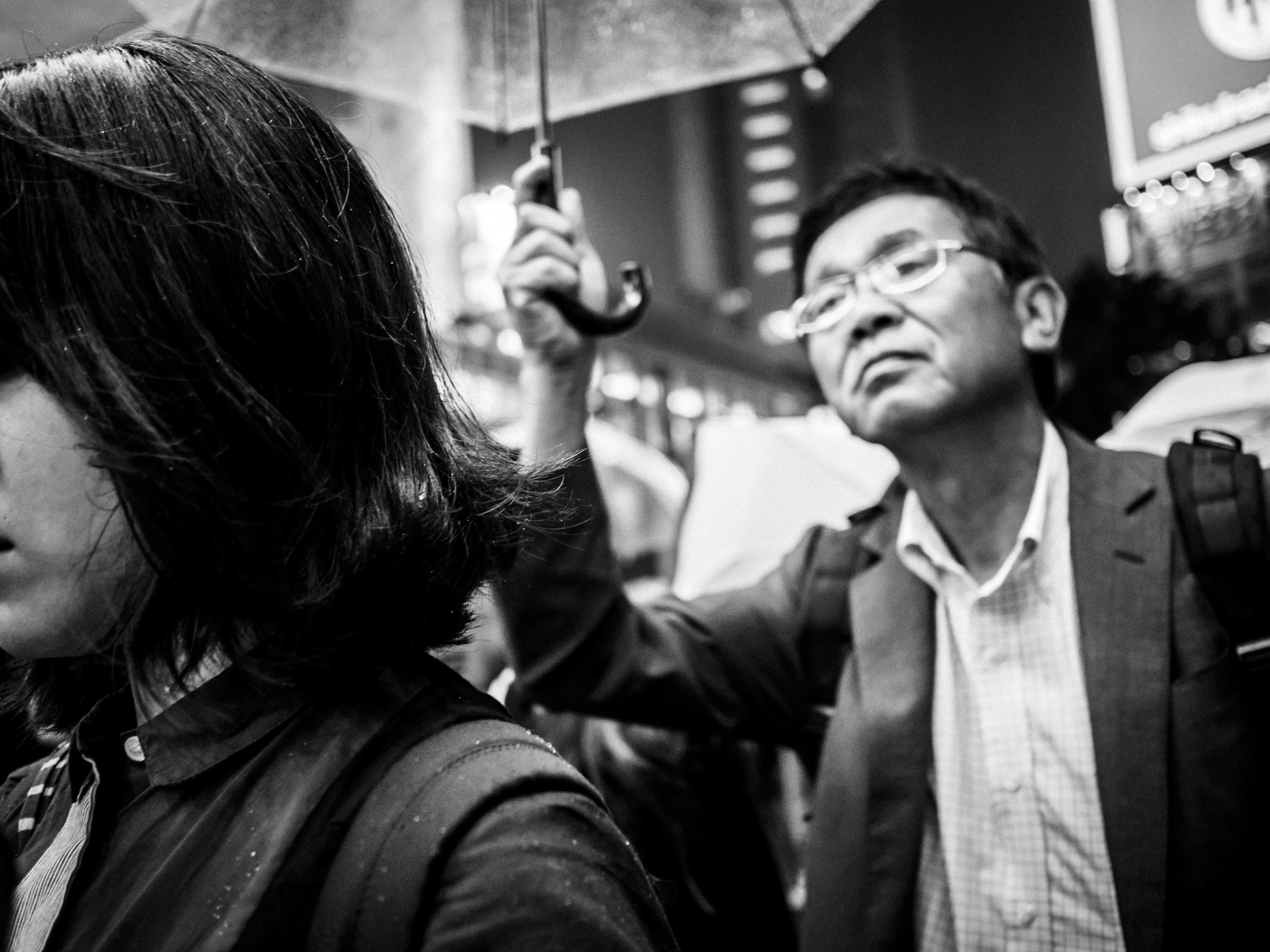We (photographers or not) are often our own worst critics and editors.
The image above was loaded yesterday to my 500px account, started late last month.
I decided to add another web presence as any website follows a pretty slow growth path and the more aggressive social gallery sites help get your images onto more screens.
The image above was taken late in the evening on our first trip to Japan last (their) spring. I liked the idea of taking it. I liked the success I achieved when taking it, but ultimately the image failed to inspire after an initial period in the sun.
I cannot say with any certainty what was wrong with it, but candidates are the slight (corrected) wide angle distortion, the slightly cramped feel, the coat corner invading the edge, the cold pinkish hue from wet evening city light (hence the conversion to mono) or the slight softness from the slow shutter speed/wide aperture combination?
Some of the images from the trip ended up being converted to black and white and added to the Traveller series. This one still loitered in the relegation zone. Finally, after most of the other images had been loaded I decided to give it a go in the last batch.
It's now my most liked image on 500px and it has been on the shortest time of the top 10!
With one exception the other images featured are not my favourites. What do I know? Obviously not as much as I thought. Might go trawling the "crappy" files.
















